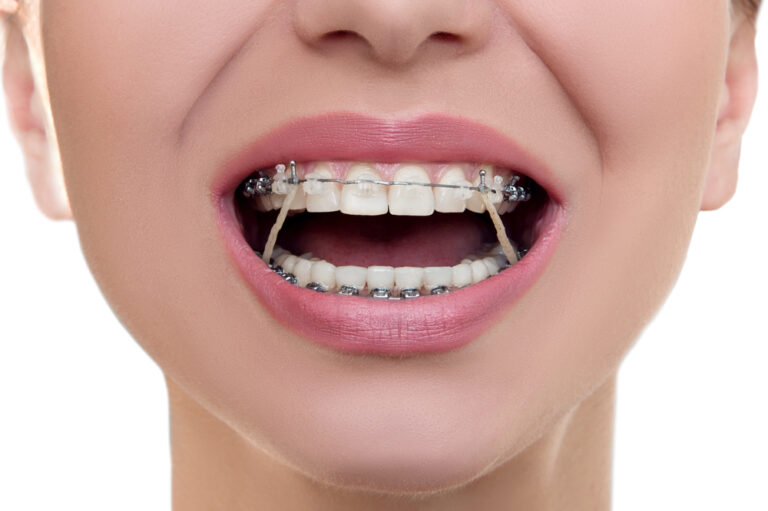Several dental and jaw issues are amenable to treatment with braces. They use physical force to aid in repositioning your teeth and jaw. An archwire, secured to your teeth by brackets, exerts this stress.
Rubber bands may be required at various stages of orthodontic treatment for patients with braces, they are also known as braces elastic. Rubber bands can be used to concentrate more force where it is needed.
In What Ways Might Rubber Bands Help Those Wearing Braces?
Rubber bands provide more pressure to a specific area of your mouth. The bands attach to the brackets on your braces and can be arranged in various configurations. They are hooked onto the bracket using tiny metal hooks for easy attachment and security.
Rubber bands serve several functions for orthodontic appliances. They are frequently used to correct a variety of jaw alignment issues, including overbite, underbite, open bite, and crossbite
As an adjunct to braces, they can close gaps in the teeth or shift the position of teeth, such as by correcting a tooth’s position if it is tilting forward or backward.
Braces Elastic: Different Varieties
There is a wide variety of different rubber bands that can be utilized with braces and are categorized depending on the use they are for. Below are the different varieties.
Force
The force that rubber bands can generate is one of the criteria used to categorize them. The three types of forces are: light, medium, and heavy
Force can be expressed as either ounce (oz) or grams (g). The actual levels of force in each category may vary according to the manufacturer’s Trusted Source.
Size
Various size rubber bands are available, and these bands can be used for multiple purposes. The diameter is the defining characteristic and is most expressed in tenths of an inch. When choosing a rubber band, the length of its stretch should be considered.
Material
Latex and synthetic materials are also viable options for making rubber bands. Latex bands are commonly utilized because of their adaptability and low manufacturing cost. People with latex allergies can use synthetic bands instead.
There is evidence to show that, compared to synthetic bands, latex bands provide more consistent pressure over time. A 2018 study with a limited sample size examined the effects of latex and synthetic bands on 15 participants. For a day, latex bands held their shape better than synthetic ones.
Use
One other way to categorize brace elastics is by their intended use. Class I braces are placed horizontally and connect brackets on one jaw. You can use them to help eliminate gaps in your teeth.
Class II bridges are used to connect upper and lower molars. The condition known as an overbite can be treated by adjusting the excessive overjet. This space exists between the upper and lower front teeth when biting down.
Class III braces join the molars in the upper and lower jaws together. It is possible to utilize them to treat an underbite. Vertically, connect the teeth in your upper jaw to those in your lower jaw directly below them. Open bites can be closed with these.
Cross, the upper and lower teeth are connected in a cross pattern, with the top teeth crossing over the lower teeth and the lower teeth crossing over the front teeth. When worn, they help straighten a crossbite.


Comments are closed.